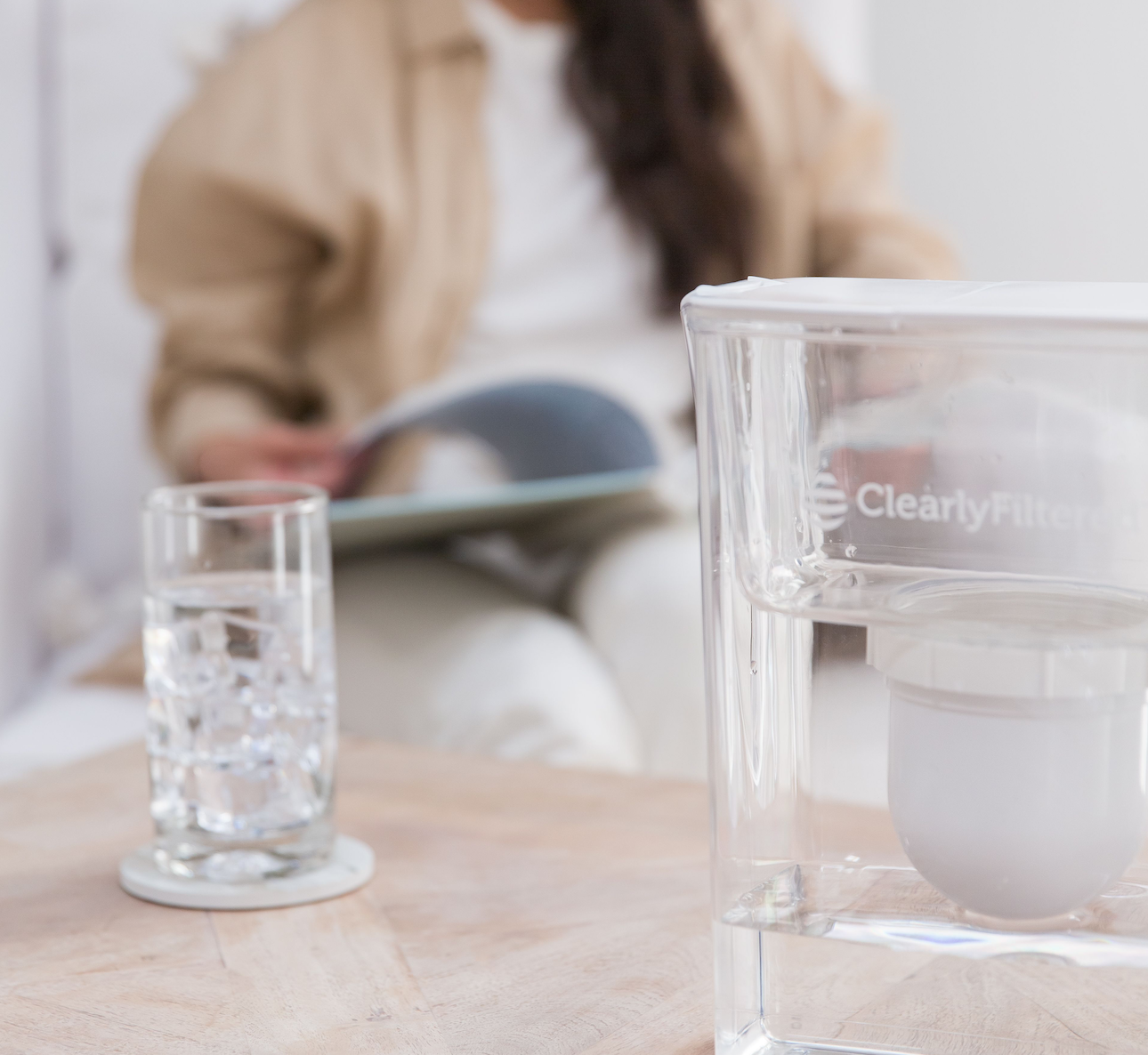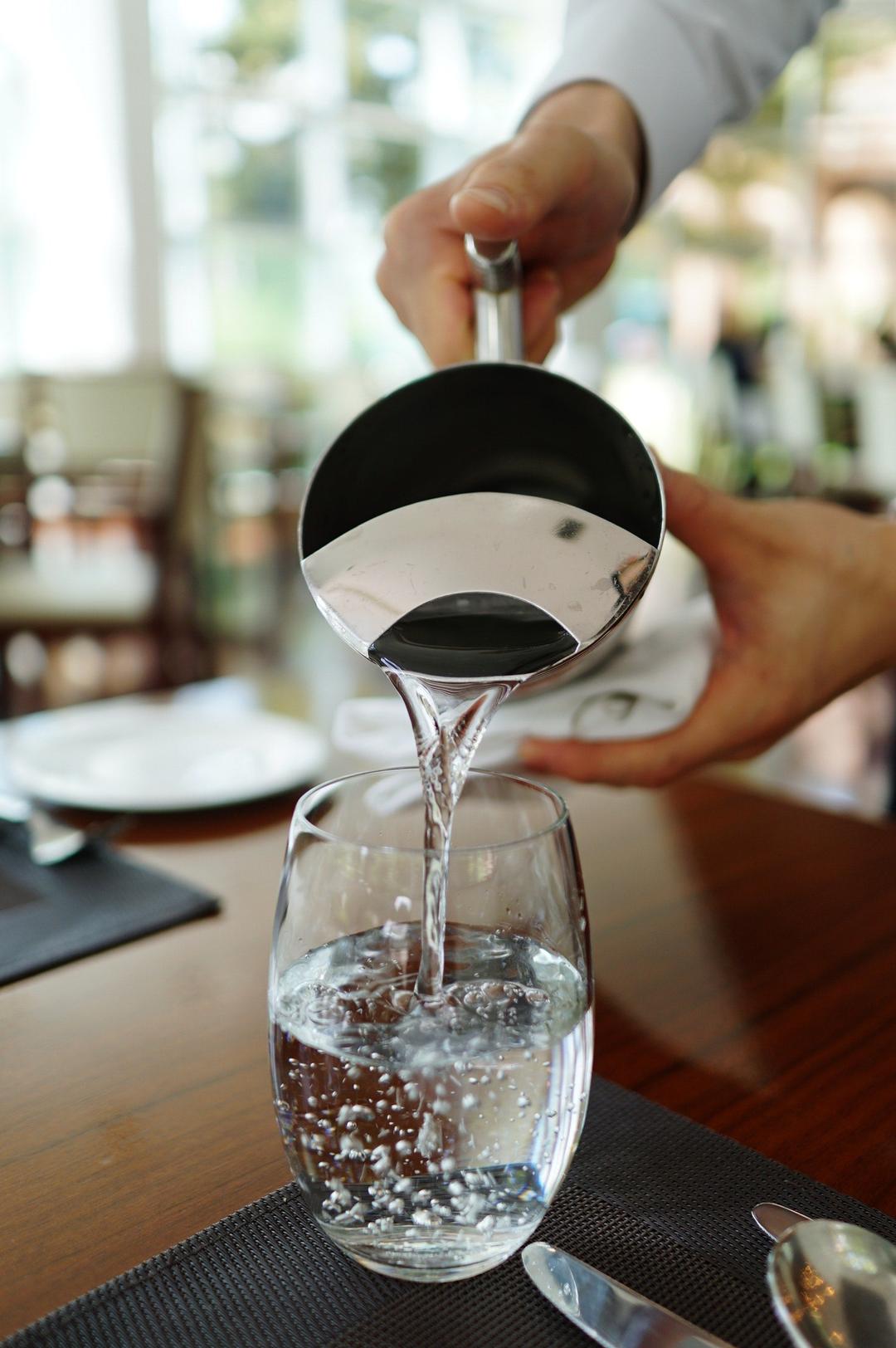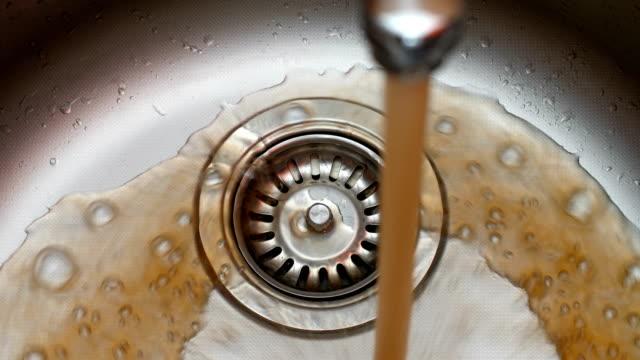Let’s play a quick game of myth vs. fact. We’ll cover the scary truth about bottled water, the fallacies surrounding filters, and the terrors living in your tap (among other things). This isn’t to scare you. It’s to educate you. Armed with the right information about your water, you can make the decision to carry on as is, or do more to protect your health, your family, and your future.
Let’s get rolling...




